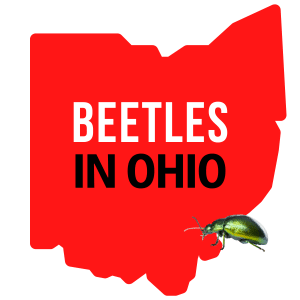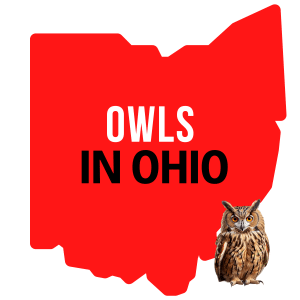Beavers in Ohio
This post contains links to affiliate websites, such as Amazon, and we receive an affiliate commission for any purchases made by you using these links.
Beavers can be found in waterways throughout Ohio, although there are more of them in the eastern counties of the state. They are North America’s largest rodent and are good to have around for many things. Read on to discover more.

About Beavers
Beavers are semiaquatic rodents and are the second largest living rodents in the world, after capybaras. They have waterproof-fur-covered bodies, hand-like front feet, and webbed back feet. Their tails are flat and scaly.
The beaver has chisel-like, large front teeth enabling them to cut through wood such as maple and oak. These teeth are constantly growing and are necessary for their survival.
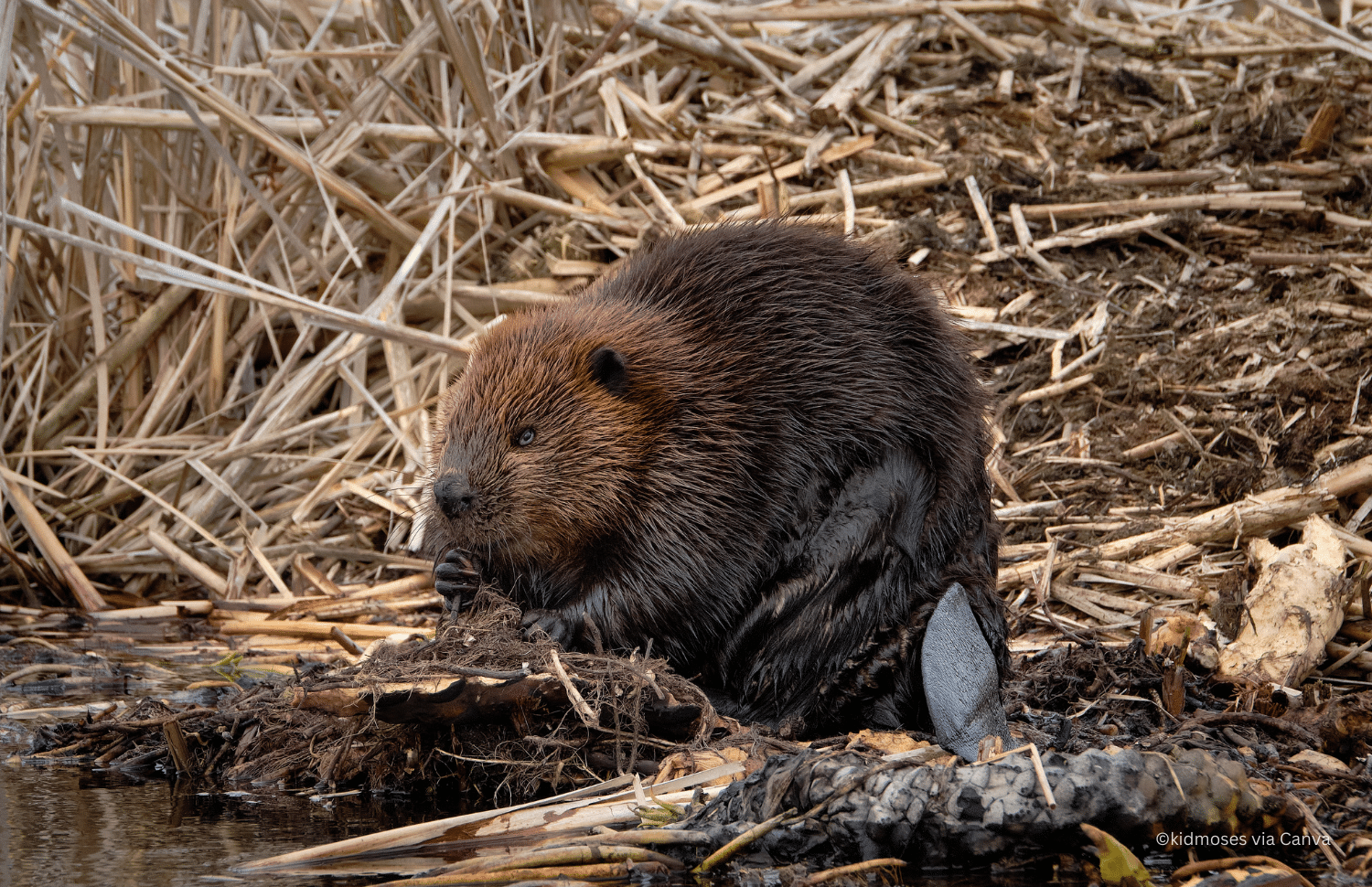
Beaver Dams
Beavers make their homes in forested ponds, lakes, and rivers. They build dams to protect themselves from predators such as coyotes, wolves, and bears. The pond that the dam creates also holds their food during the winter.
Dams, which can range in size from a few meters to more than 100 meters, are mainly built during nighttime hours and the beaver carries mud in their front feet and wood in their teeth. The dam diverts the water to lessen the flow pressure. Once the water is deep enough within the pond, the beavers can build their lodge. A study has shown that beavers can rebuild a destroyed dam and restore water levels in approximately eight hours!
The effect of these modifications to the natural environment on the area is that the ecosystem builds on the change, creating wetlands used by many other creatures. Because of this aid to the ecosystem, beavers are considered to be a Keystone Species – ‘a species that has a disproportionately large effect on its natural environment relative to its abundance’.
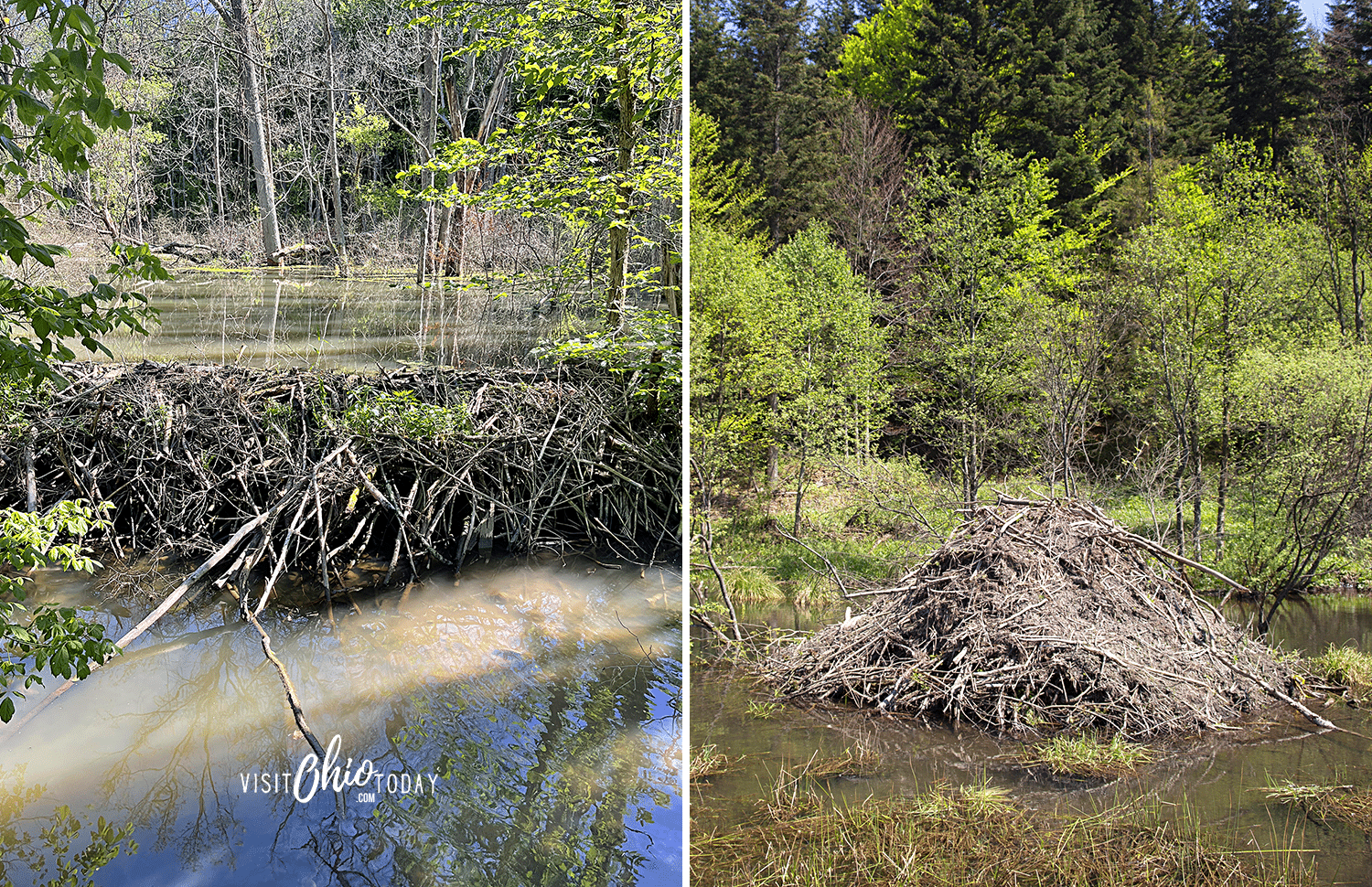
The Beaver Lodge
The beaver’s lodge is built from sticks, mud, and rocks, and it has an underwater entrance with a ‘water lock’ to keep the lodge dry and protect it from predators.
The inside of the lodge will have several chambers for sleeping, raising young, and storing food. The thick lodge walls help keep the beavers warm during the colder months. A ventilation hole is made in the top to allow air into the lodge.
Lodges can be built on the banks of a river or stream, or completely in the water.
The following video is of a beaver lodge that was temporarily abandoned as the dam broke in a storm. The photographers could only do this because the water level had dropped enough to reveal the lodge entrances.
Diet and Reproduction
Beavers are herbivorous, eating tree bark, plants, grasses, and sedges. They are generally monogamous and breeding typically occurs during the winter season. Litter sizes range from 1 – 4 kits, born after approximately 128 days gestation.
Beavers live as a family with the parents, the kits, and sometimes yearlings may stay in the family home.
Beavers in Ohio
The beaver population in Ohio has been ‘settled to growing’ over the last 10 years, but as in all of North America, the population did get dangerously low. Protecting beavers has seen a major rise in numbers since the early 1900s, and beaver trapping is once again allowed with a valid license in Ohio. Trapping season is from late December to late February.
If you want to spot the work of Ohio’s beavers, here is an indication of the best areas to find dams and lodges.
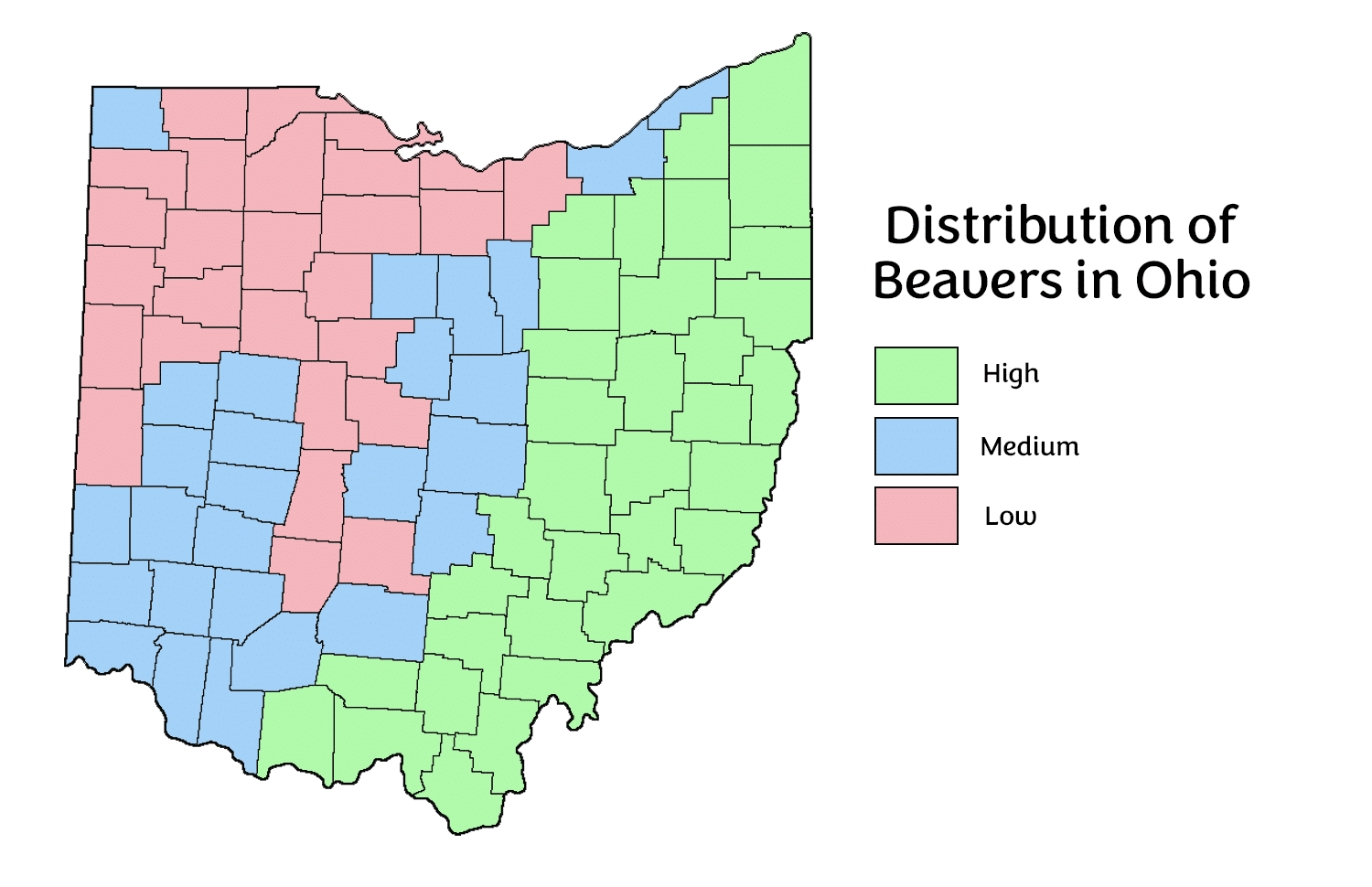
Let’s Find Beavers in Ohio!
Beavers are amazing creatures to have in your area. Have you seen any where you live? Have you ever had them on your property and seen them as a nuisance? We would love to know! Leave a comment below and share your experience with us.
If you are interested in the animals you can see in Ohio, here are some suggestions to look out for: Coyotes, Bobcats, Bears, and Turtles.
Hello! We have done our very best to ensure that the accuracy of events, hours, addresses, etc are up to date. Please know that information can change due to weather, updated health and safety challenges, etc. If you find incorrect information, please send us an email at [email protected] and we can get it updated.
To be updated and stay connected, subscribe to our newsletter.





